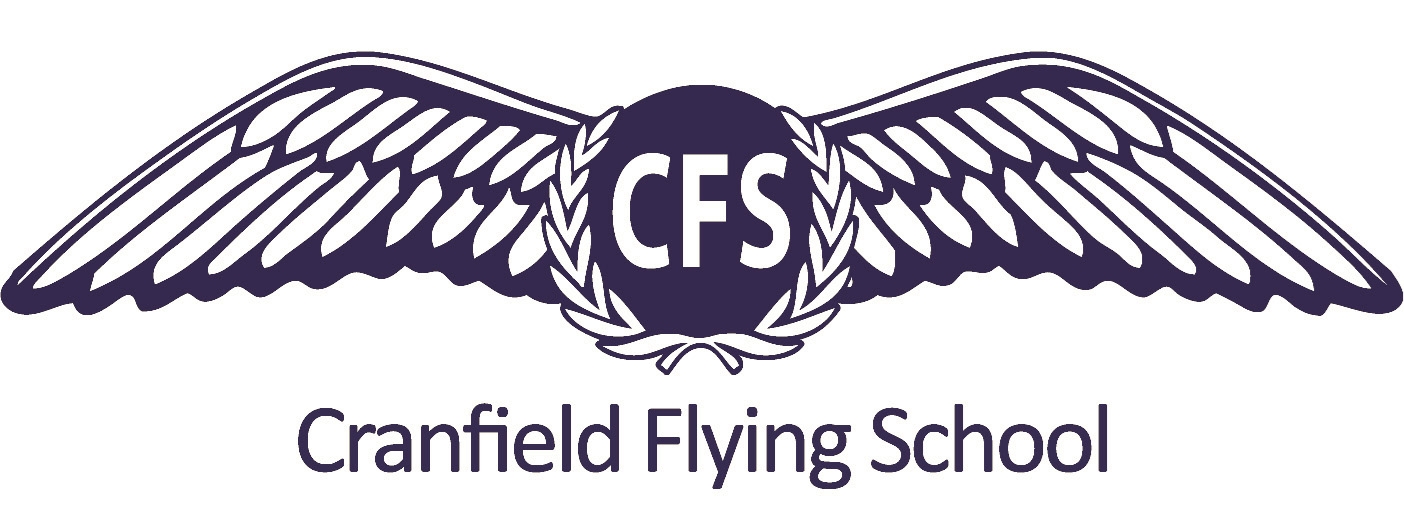The Private Pilot’s Licence
Medical. Before any flying training can begin the student will need to pass a medical test to ensure that he or she is physically safe to fly. This is not an onerous check but it is required to be carried out by a specially qualified medical examiner and the school will provide you with contact details for one close to where you live.
Initial training introduces the candidate to flight in a single engine aeroplane and starts with the basics of how the aircraft and controls work. Great care is taken to ensure that the basics of aircraft control and pilot scanning are learned thoroughly during this stage. The next section covers practice in the airfield circuit where the student pilot will learn how to take off and land the aircraft and become familiar with airfield operations and the use of the radio. When the instructor feels the student is ready for it then comes the first solo flight, a major milestone for anyone learning to fly.
The next phase focuses on navigation skills. This will include flights away from the home airfield of increasing difficulty andincludes planning, visual and radio navigation, Air Traffic Control communication, practice diversions and emergency procedures, and operations at commercial airports. This part culminates in a solo cross-country flight of 270 km (150 nm) between 3 different airfields.
The final section consists of preparation and rehearsal for the PPL skill test. All manoeuvres are reviewed during this phase and the candidate’s proficiency is raised to the standard required for the PPL flight test.
Ground School. In parallel with the flying training the student will need to study for and pass some exams. There are nine of these starting with Air Law and include Priniciples of Flight, Aircraft General Knowledge, Navigation, Flight Performance and Planning, Meteorology, Communications, and Human Perfomance. The studying for these exams can be done at home or if preferred individual or class instruction can be provided. Ground School is charged at £50 per hour when carried out on a one-to-one basis, if there are several of you learning at the same time then this cost can be shared.
Other Things to Consider
All training takes place in a PA 28(4 seater) and comprises of :
35 hours of dual instruction
10 hours of supervised solo flight
Payment at Cranfield Flying School (CFS) can be on a pay-as-you go basis ( i.e. by the hour ) or you can pay in installments and pay from time to time when you have used up your credit. It is up to you. The only upfront payment is annual membership of £180.
The time it takes to complete a course varies from individual to individual. Remember that the 45 hour figure is a minimum required by the Civil Aviation Authority. Not many people manage to get their license in the minimum hours. Normally it takes between 50/55 hours depending on how often you fly. The more frequently and regularly you are flying the less time it will take you to learn. So allow for this in your budgeting.
Other costs to take into account when working out your budget are
E-learning system access for Groundschool study. We can help you with the selection of this and provide starter packs.
Headsets - CFS is happy to loan headsets (free of charge) to students, but we recommend that you purchase your own. Headsets vary tremendously in price from £70.00 to £600+. A good set will cost around £150.00.
When it comes to the end and you want to take your skills test then there will be Examiner Fees and aircraft hire. We will tailor a course to suit your needs – we can provide residential courses if that is what you require and will take care of all your needs prior to arrival.
At a Glance
Covers nearly all single engine piston aircraft. Turbine aircraft require differences training. Minimum age for licence issue is 17 years. Minimum age for first solo is 16 years.
Minimum visibility condition for flying is 1500 meters.
You can fly with passengers.
Allows the licence holder to undertake additional training for tail wheel aircraft and aircraft with supercharged engines, variable pitch propellers, retractable undercarriage, pressurised cabins, and cruise exceeding 140 knots. Night and Instrument qualifications can also be added.
Maintained through a minimum of 12 hours flying in 24 months.
Class two aviation medical required (cost ~ £250)
Recognised worldwide. Allows flights into European Airspace.
First step on modular route to Commercial pilots licence.



